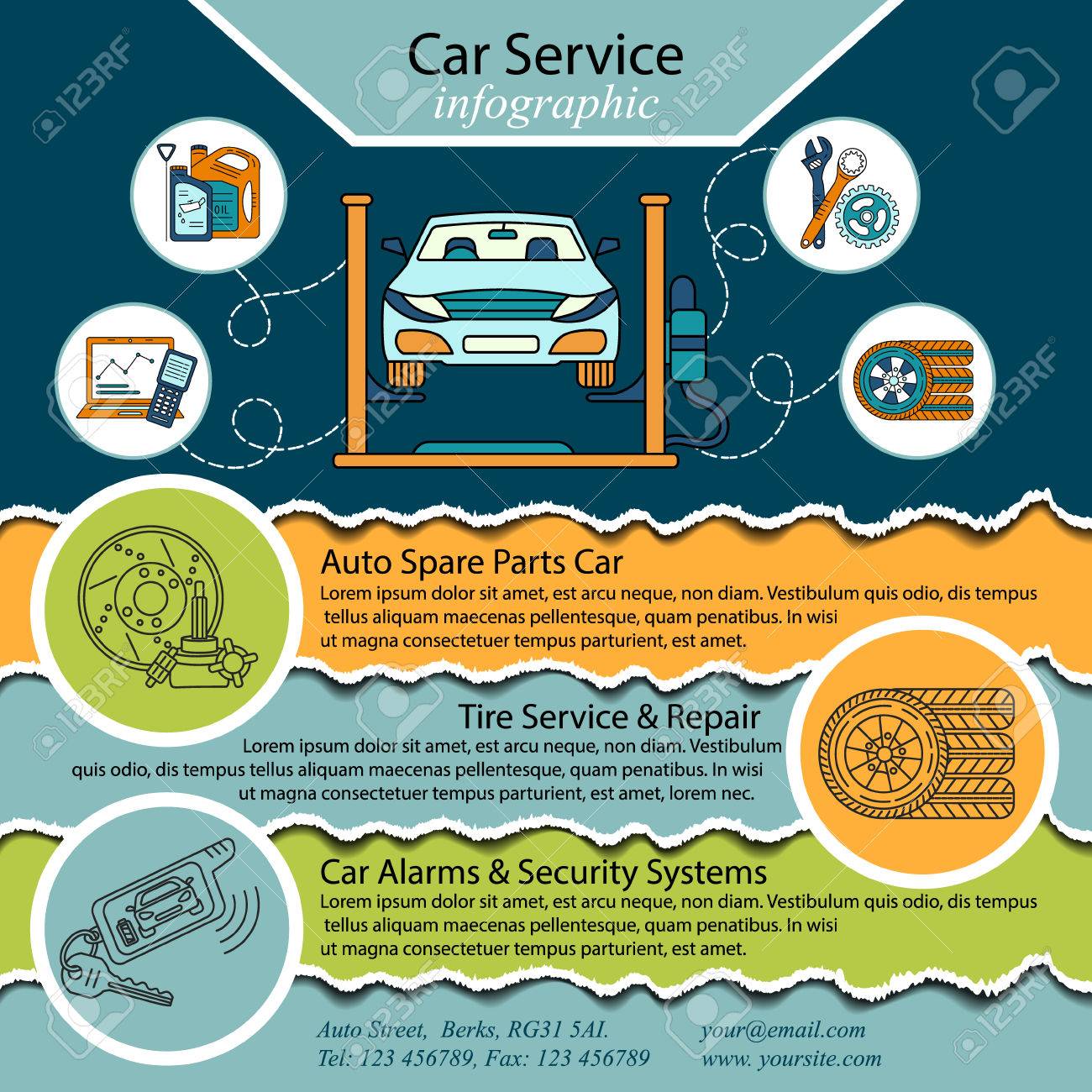Evaluating Your Automobile'S Caution Indicators: What They Actually Communicate
Evaluating Your Automobile'S Caution Indicators: What They Actually Communicate
Blog Article
Content Composed By-Samuelsen Kejser
When you're behind the wheel, those radiant warning lights on your control panel can be a bit complicated. Do you recognize what they're attempting to inform you concerning your auto's health? Understanding the value of these lights is essential for your safety and the durability of your lorry. So, the following time one of those lights turns up, would not you intend to decipher its message accurately and take the required actions to resolve it?
Common Caution Lights and Interpretations
Identify common warning lights in your car and recognize their significances to guarantee secure driving.
read article include the check engine light, which signifies problems with the engine or discharges system. If this light begins, it's crucial to have your car inspected immediately.
https://spencertojdy.mdkblog.com/37885570/mobile-cars-and-truck-describing-enhancing-your-automobile-s-appearance-on-the-go alerting light shows reduced oil stress, calling for immediate attention to avoid engine damage.
A blinking battery light could suggest a damaged charging system, potentially leaving you stranded otherwise resolved.
The tire pressure monitoring system (TPMS) light informs you to low tire stress, influencing vehicle stability and gas efficiency. Disregarding this could bring about harmful driving problems.
The ABS light shows a trouble with the anti-lock stopping system, endangering your ability to stop quickly in emergency situations.
Finally, the coolant temperature level cautioning light warns of engine getting too hot, which can result in extreme damages otherwise resolved swiftly.
Understanding these common warning lights will certainly help you deal with problems quickly and keep risk-free driving conditions.
Relevance of Prompt Focus
Understanding the usual warning lights in your auto is only the initial step; the importance of immediately attending to these cautions can not be stressed enough to ensure your security on the road.
When a caution light brightens on your dashboard, it's your vehicle's means of interacting a potential concern that requires focus. Ignoring these warnings can result in more extreme problems in the future, compromising your safety and security and potentially costing you a lot more out of commission.
Trigger focus to advising lights can prevent failures and accidents. For example, a blinking check engine light might indicate a misfire that, if left unattended, might trigger damages to the catalytic converter. Addressing this immediately can save you from a pricey repair service.
Likewise, a brake system cautioning light could indicate low brake fluid or used brake pads, important parts for your safety and security when driving.
Do It Yourself Troubleshooting Tips
If you see a warning light on your dashboard, there are a couple of do it yourself repairing tips you can try prior to seeking professional assistance.
The first step is to consult your vehicle's manual to recognize what the particular caution light indicates. Often the problem can be as easy as a loosened gas cap activating the check engine light. Tightening up the gas cap might fix the issue.
Another usual problem is a low battery, which can trigger numerous alerting lights. Inspecting the battery links for rust and ensuring they're safe and secure could deal with the issue.
If a warning light persists, you can attempt resetting it by disconnecting the car's battery for a couple of minutes and then reconnecting it. Furthermore, checking your automobile's liquid levels, such as oil, coolant, and brake fluid, can assist fix cautioning lights associated with these systems.
Conclusion
To conclude, comprehending your car's caution lights is crucial for keeping your vehicle running smoothly and securely. By without car interior detail addressing these alerts and knowing what they mean, you can avoid expensive fixings and prospective break downs.
Bear in mind to consult your vehicle's guidebook for certain information on each warning light and take action accordingly to ensure a trouble-free driving experience.
Keep notified, stay risk-free when traveling!
